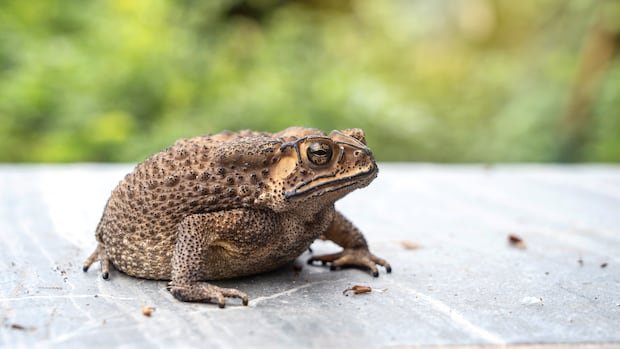Toads have successfully expanded their presence across six continents, with a recent surge in East Africa, as revealed by a recent study analyzing the DNA of 124 toad species. Researchers attribute the toads’ conquest to their toxic parotid glands, which are filled with lethal poisons that deter predators from consuming them.
The study, published in the Proceedings of the Royal Society B, highlights how the evolution of these toxic glands allowed toads to thrive and spread rapidly to new territories millions of years ago. Originating in South America around 61 million years ago, toads later invaded Africa approximately 30 million years ago.
The means by which toads crossed the Atlantic remains uncertain, but researchers suggest two possible scenarios. One theory proposes that toads may have utilized Antarctica as a land bridge due to its warmer climate in the past. Alternatively, they might have rafted across the ocean on floating vegetation mats, a method observed in certain natural events.
The success of toads in colonizing new habitats is evident in their recent incursion into Madagascar, where Asian common toads arrived through shipping containers, marking the first toad presence in the region until 2014. This invasion poses a threat to Madagascar’s unique ecosystem, reminiscent of the impact of cane toads introduced to Australia in the 1930s.
While humans inadvertently facilitated the spread of toads through transportation networks, experts express concerns about the potential consequences for native wildlife and ecosystems. The situation in Madagascar mirrors past experiences with invasive species, underscoring the need for proactive measures to mitigate the impact of toad invasions worldwide.

